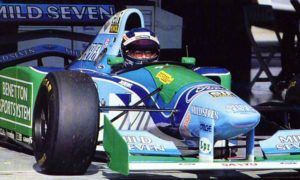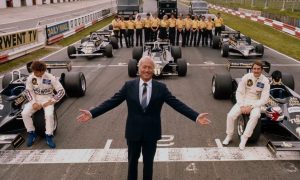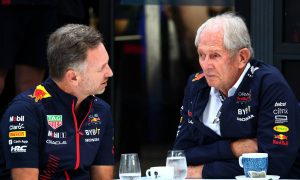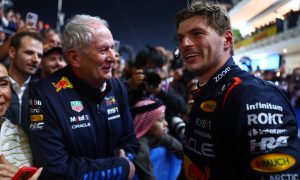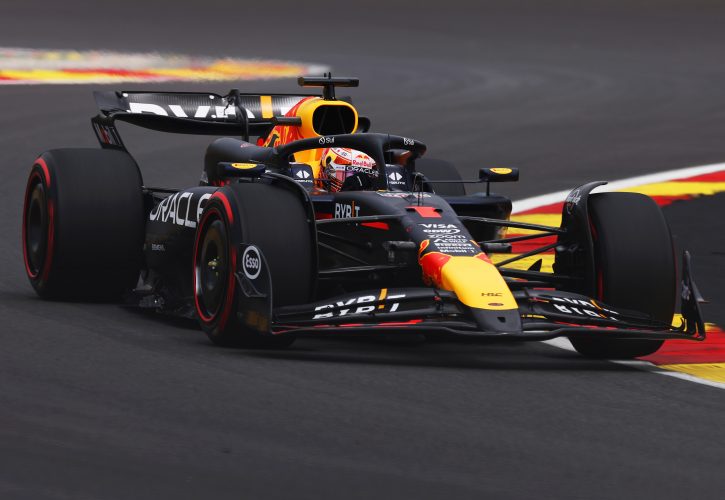
Max Verstappen's driving style has been a key factor in his dominance at Red Bull, but it’s becoming increasingly clear that what works for him might not suit his teammates.
Over the past few seasons, Verstappen has showcased his ability to extract the maximum performance from Red Bull's cars, thriving with a car that caters to his sharp front-end preference.
However, this very trait has proven to be a double-edged sword for Red Bull. While it allows Verstappen to excel, past teammates Alex Albon and Pierre Gasly both struggled to match the three-time world champion’s pace in the second Red Bull seat.
And currently, Sergio Perez is enduring a similar plight, much to the detriment of his team.
At last month’s Hungarian Grand Prix, Verstappen provided insight into his approach to car setup, shedding light on why others might struggle to match his pace.
“For my part, I simply like it when the front of the car turns well,” Verstappen explained in an interview last month in Budapest with Formula.hu.
“I like it to turn in quickly and very definitely, but of course, everything has to be in balance.”
This preference for a sharp-turning front end might seem straightforward, but Verstappen is quick to acknowledge the intricacies involved in achieving the right balance.
“We can’t just put everything on the front axle and expect the rear of the car to follow suit,” he added.
“You have to try to find the middle ground, but of course, it is possible that my middle ground is different from others.”
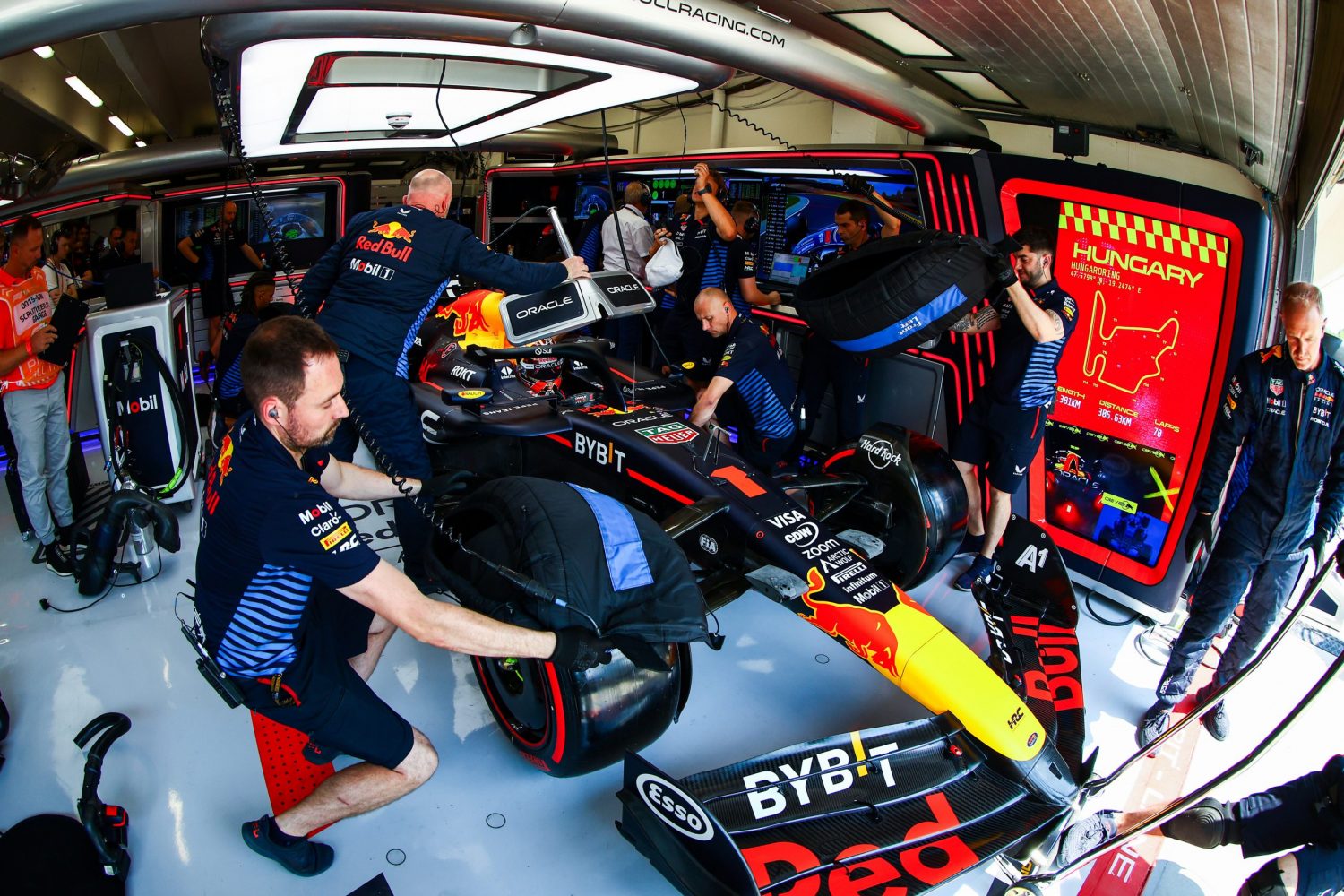
©RedBull
Verstappen's driving style, which he describes as "completely natural" for him, has undoubtedly been a significant factor in his success, including leading the Drivers’ Championship at the midpoint of the 2024 season.
But Perez’s shortfall relative to his teammate has been a head scratching affair for all involved, not least the Mexican himself, which has raised questions about whether Verstappen’s setup preferences are a factor.
“Everyone has their own driving style, so what works for me might not work for someone else,” commented Verstappen.
“But other drivers drive differently and they are also very fast.”
Despite his clear preference for a car that suits his style, Verstappen is aware that adaptability is key in Formula 1.
"So for me, the way my car behaves is completely natural, because I like this kind of car, but maybe it is not favourable for others. That’s how it works."
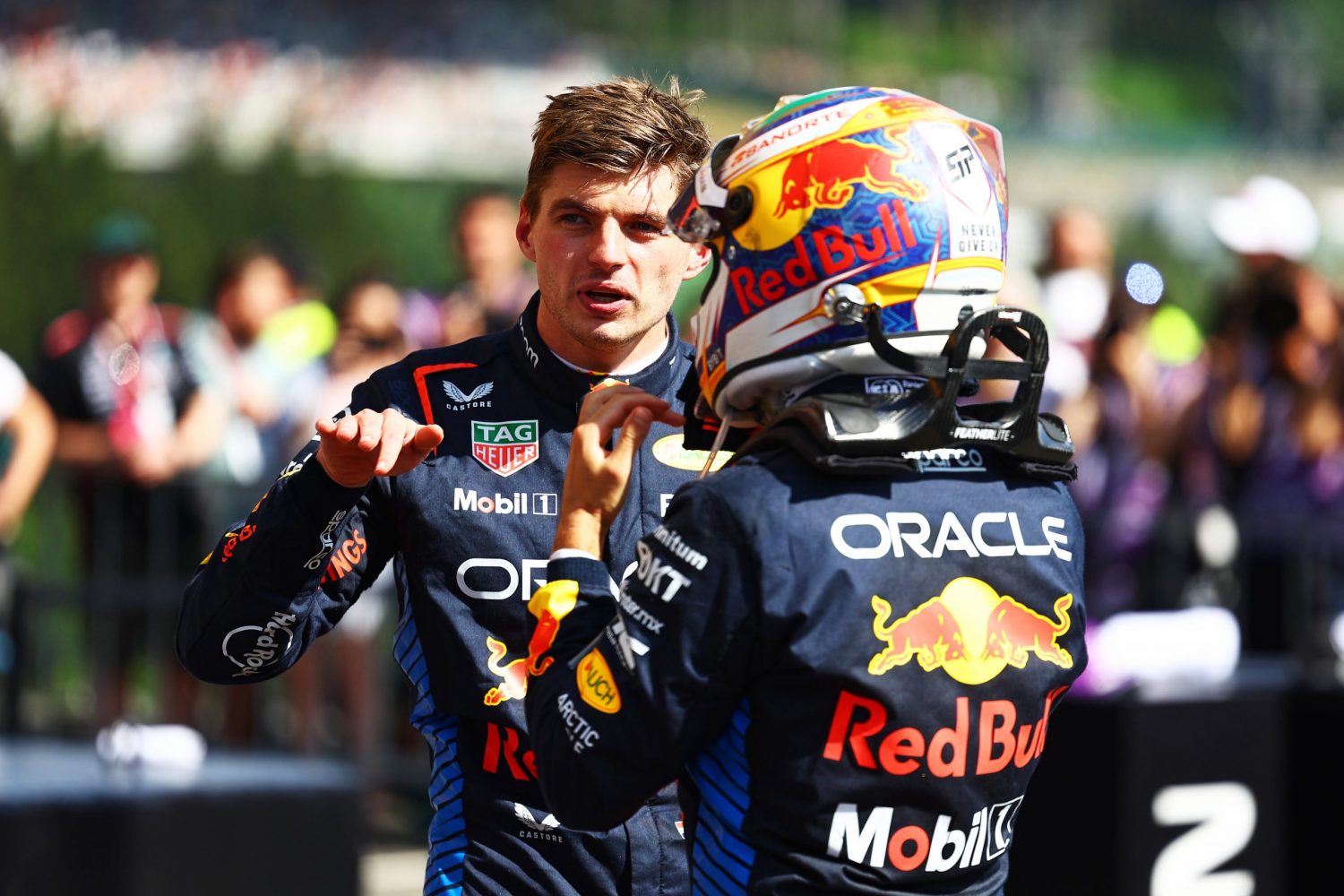
©RedBull
The struggles of Verstappen’s teammates have led to speculation that Red Bull designs its cars specifically to suit the Dutchman, a claim that team boss Christian Horner has vehemently denied.
Last year, In response to comments from Mercedes’ Toto Wolff, Horner clarified that the team’s focus is on building the fastest car possible, not tailoring it to one driver.
"It shows a total lack of understanding of how a race car and team develop if Toto thinks that we’re developing a car around a single driver," Horner said.
"You develop a car to be as quick as you can, and sometimes quick cars are difficult cars. That’s what’s historically been the case. And I think that drivers adapt."
Helmut Marko, Red Bull's motorsport advisor, noted earlier in the season that Perez had adopted Verstappen's setup in an attempt to find consistency and boost his performance.
"This year he is no longer experimenting, but is starting with more or less the same basic set-up as Max," Marko revealed in March.
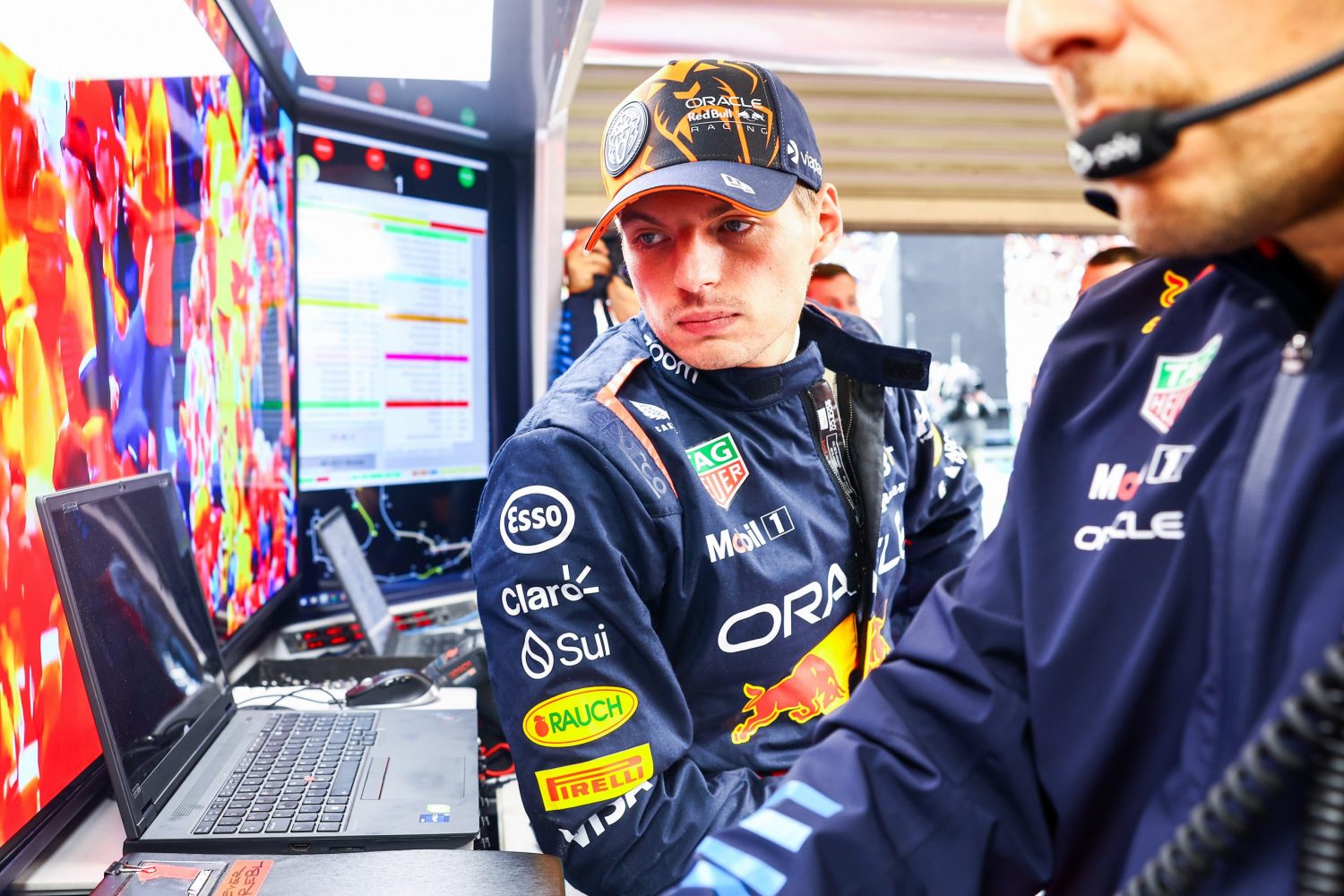
©RedBull
However, this strategy has not yielded the desired results for Perez. After a strong start, Perez's form has plummeted, raising questions about the car's adaptability.
While Horner insists Red Bull prioritizes building the fastest car possible, the team might be overlooking the need for a more versatile setup that caters to a wider range of driving styles.
Finding the "middle ground" that Verstappen mentioned may be crucial if Red Bull wants to maximize its championship potential with both drivers.
Keep up to date with all the F1 news via Facebook and Twitter



